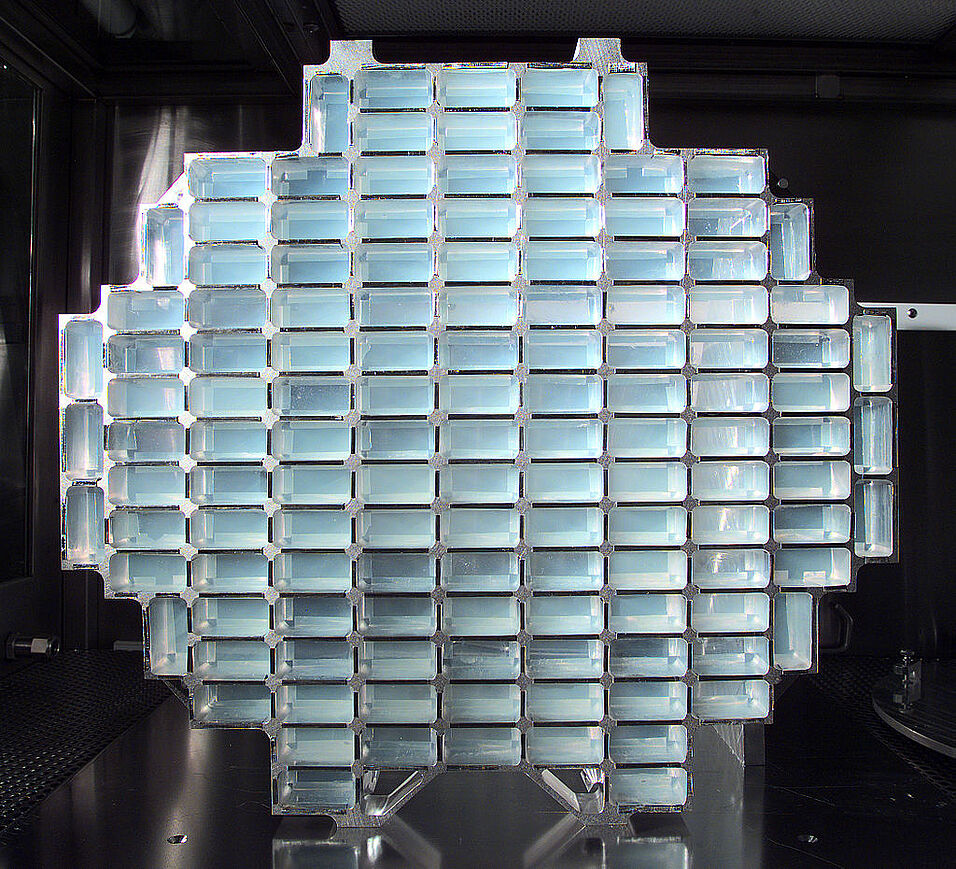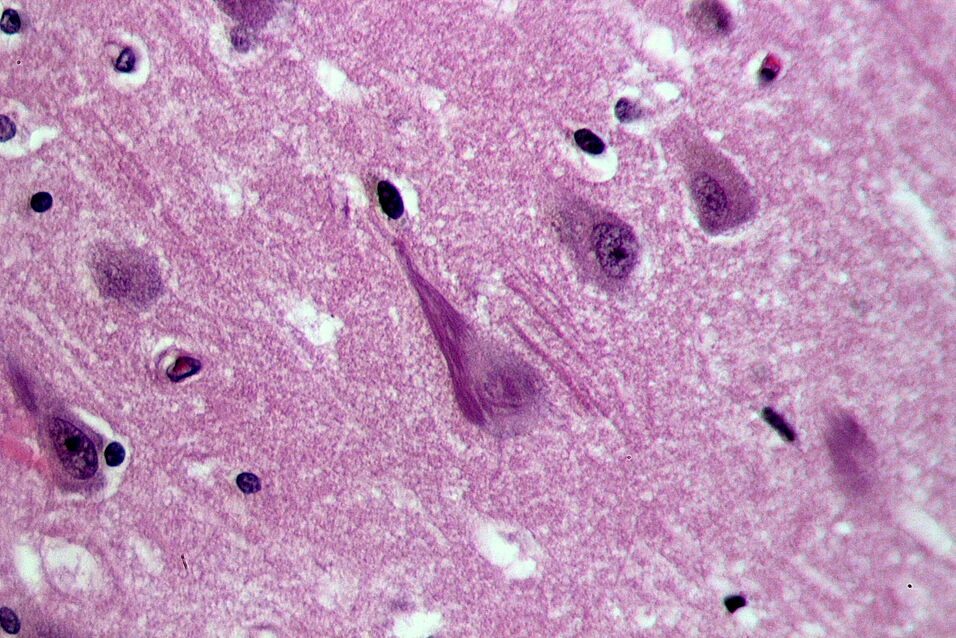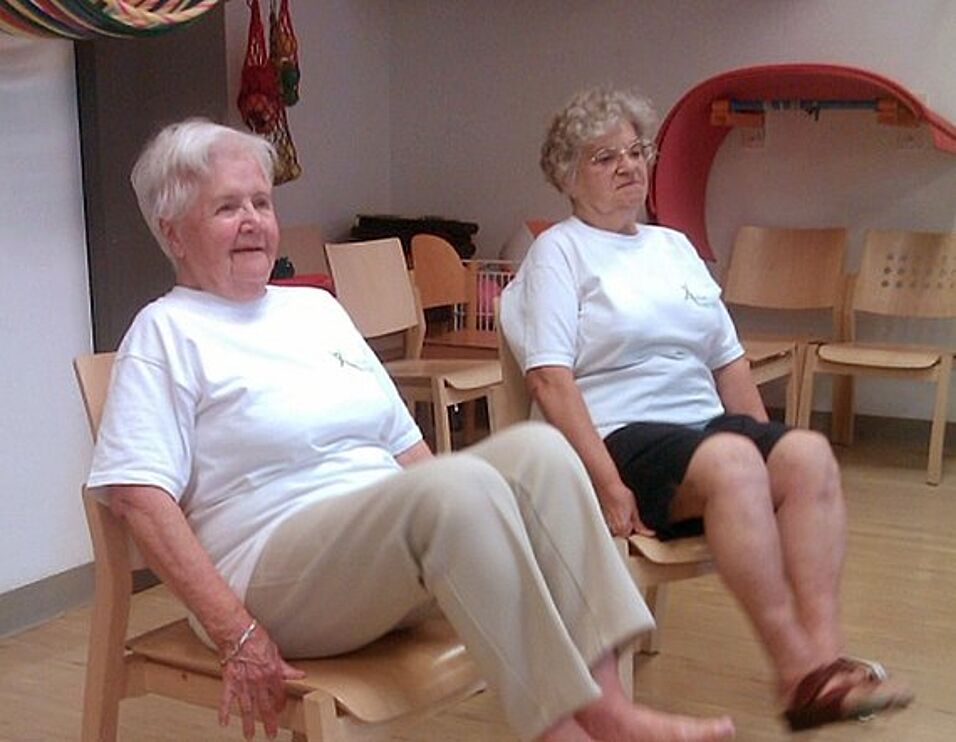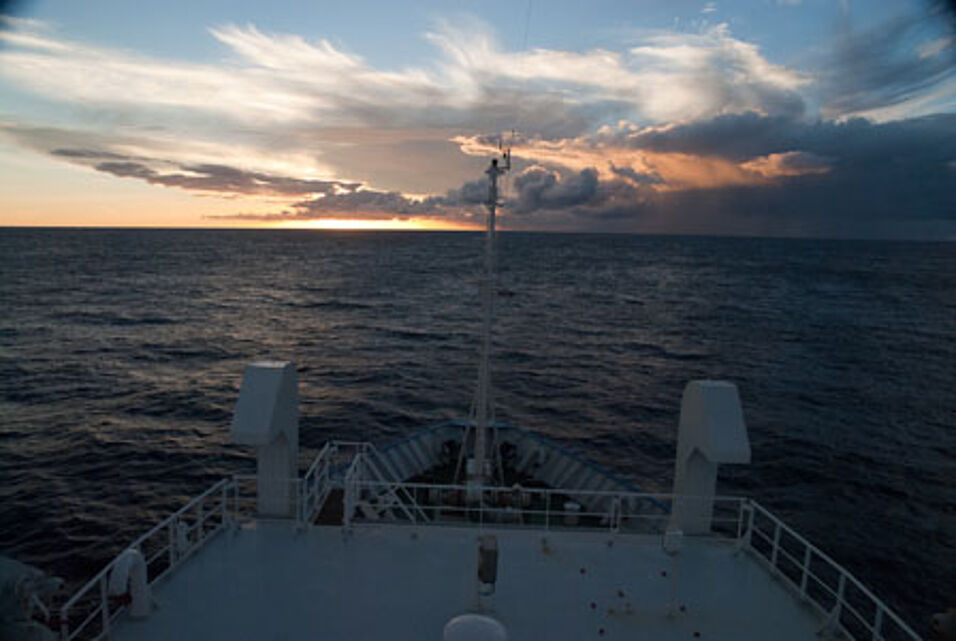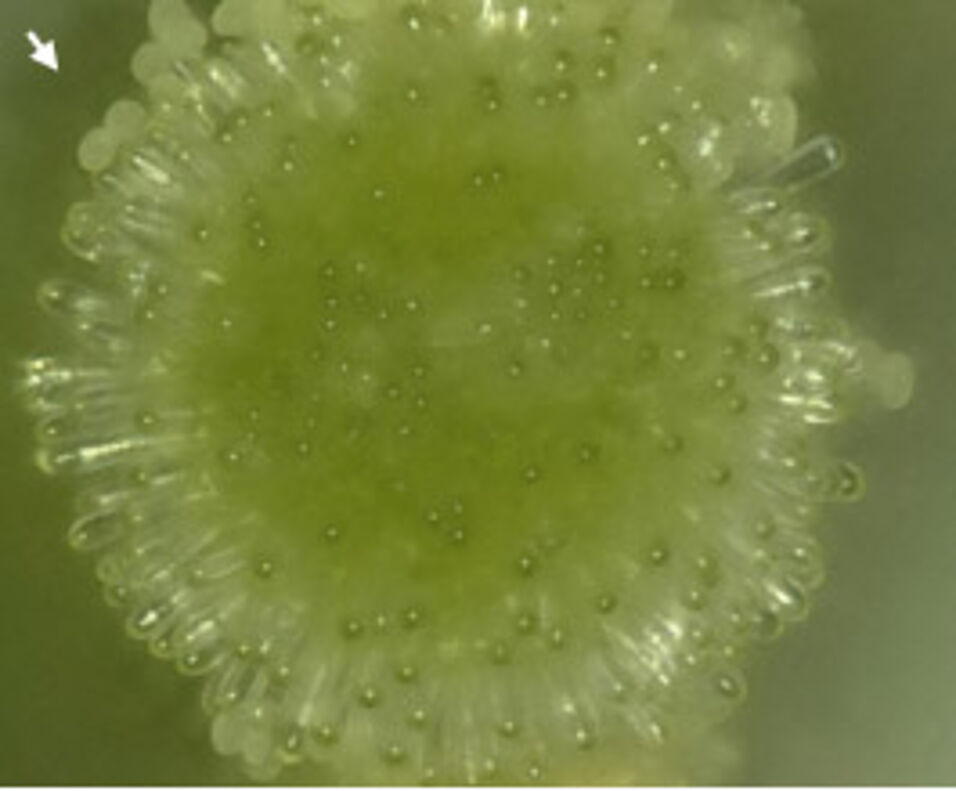VIME collaborates with Dr. Tetyana Milojevic from the Department of Biophysical Chemistry to investigate the molecular mechanisms of microbial adaptation to outer space conditions such as cold and radiation. The project is funded by the FFG and will investigate samples from the TANPOPO mission.
Read more about this project:
dlr.de/me/desktopdefault.aspx/tabid-1752/2384_read-49013/
medienportal.univie.ac.at/uniview/forschung/detailansicht/artikel/microbes-in-outer-space/

